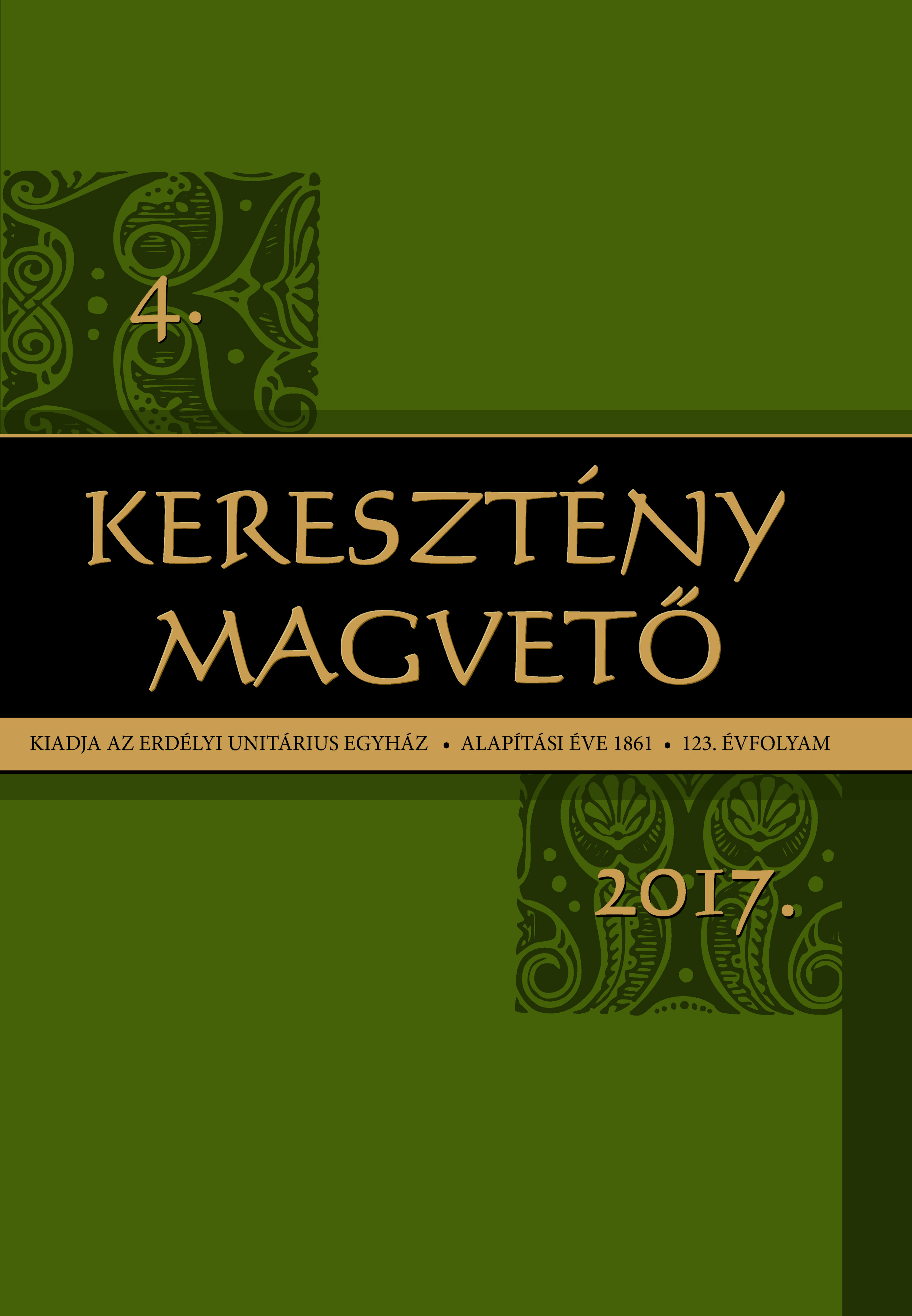Párhuzamos különidejűségek? Faluvalóság és irodalom Erdélyben
Parallel Times? The Village in Transylvanian Literature
Author(s): Sándor OláhSubject(s): Social Sciences, Ethnic Minorities Studies
Published by: Erdélyi Unitárius Egyház
Keywords: Gyula Szabó (1930–2004); Attila Mózes (1952–2017); György Lőrincz (1946–); Zoltán Czegő (1938–); Hungarian Transylvanian literature; the village; historical novel; village life; village reality; commu
Summary/Abstract: In the past few decades the village as subject has been fading away from Hungarian Transylvanian literature. Since large-scale changes have occurred in society, especially in rural communities, this article focuses on comparing images of the village as seen by both sociology and literature of the past few decades. The article examines the following four titles: Gondos Atyafiság (Caring kin) by Gyula Szabó (1930–2004), Egyidejűségek. Rendhagyó falumonográfia évszakokban (Parallel times: Unusual village monography through seasons) by Attila Mózes (1952–2017), Pusztulás (Decay) by György Lőrincz (1946–) Katonabogár (Armybug) by Zoltán Czegő (1938–). Szabó’s historical novel evokes a lost world of a village under communism. Mózes creates a peasant reality through the eyes of the main character, a new teacher who has a hard time adapting to his new place. Lőrincz focuses on avillage at the turn of the 20–21st century, and the growing social inequalities that are changing the village. Czegő creates an entirely fictional village composed of fragments of 20th century village life reality and of ideal, probably never existing, relationships between villagers.
Journal: KERESZTÉNY MAGVETŐ
- Issue Year: 123/2017
- Issue No: 4
- Page Range: 501-517
- Page Count: 17
- Language: Hungarian

